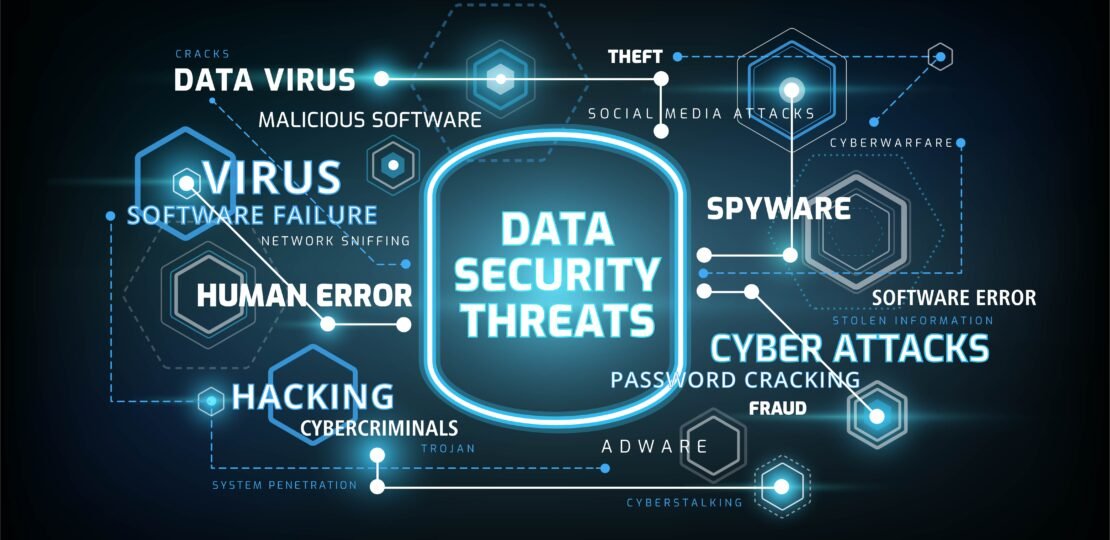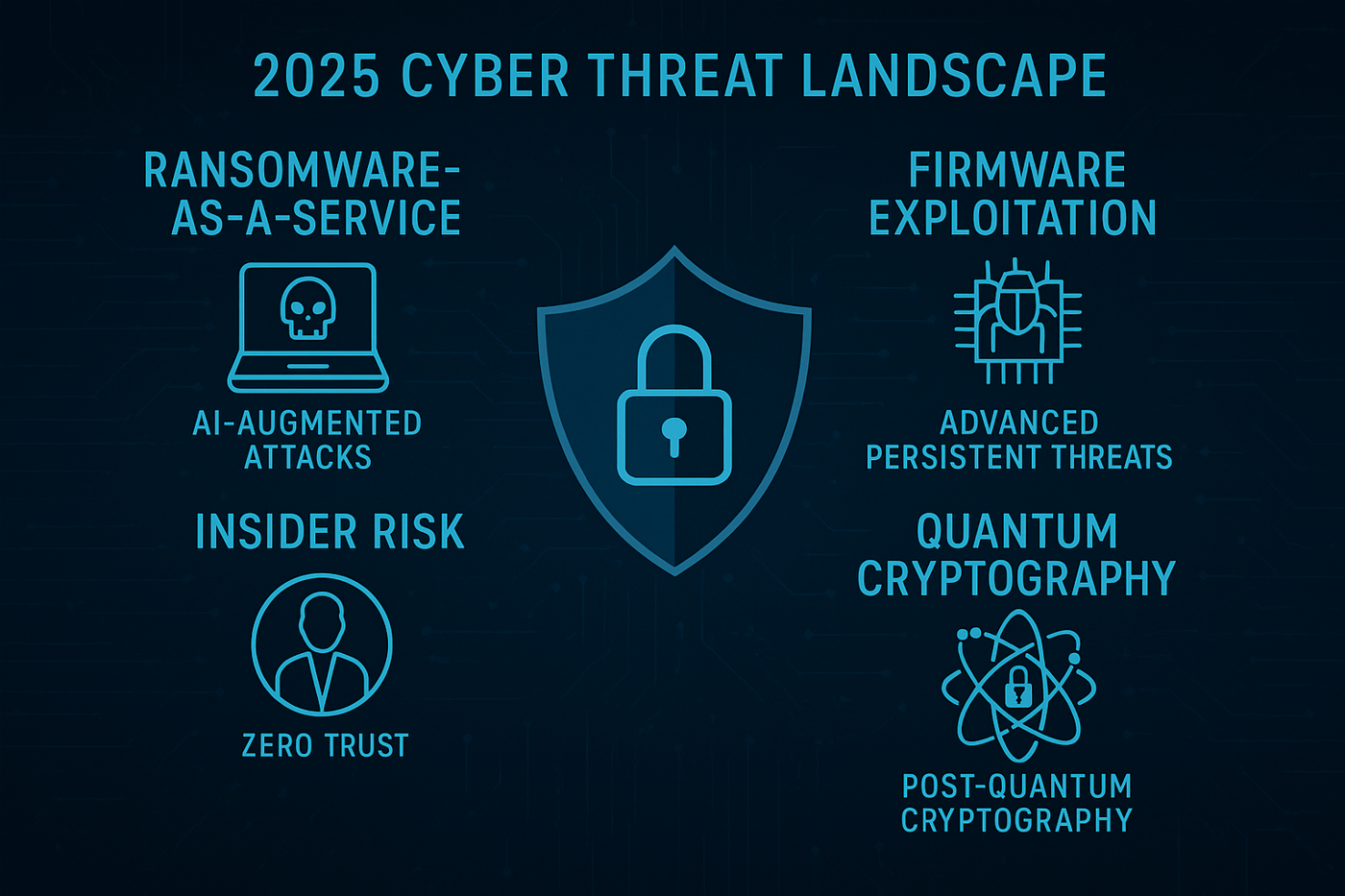Cybersecurity – Incident Response – Live Examination
January 16, 2024 | by thecyberhub.net

Incident response live examination is the process of conducting a real-time analysis of a computer system or network during or immediately after a security incident has occurred. It involves collecting and analyzing data from various sources, such as system logs, network traffic, and memory dumps, to determine the scope of the incident, identify the root cause, and develop a remediation plan.
During a live examination, incident responders typically use a combination of automated tools and manual techniques to gather information about the incident. This may include examining system files and directories, analyzing network traffic and connection logs, reviewing system and application logs, and examining memory dumps and other forensic artifacts.
The goal of a live examination is to quickly identify and contain the incident, preserve evidence for later analysis, and gather information to support any necessary legal or regulatory action. It is a critical component of any incident response plan and requires skilled and experienced incident responders who are trained in both technical and investigative techniques.
The steps for conducting a live examination during an incident response can vary depending on the nature of the incident, the system or network being examined, and the tools and techniques used by the incident response team. However, some common steps include:
- Preparation: Before conducting a live examination, the incident response team should ensure they have a clear understanding of the incident, including its scope, impact, and potential risks. They should also ensure they have the necessary tools, equipment, and access to the system or network being examined.
- Documentation: The team should carefully document their actions throughout the live examination, including the tools and techniques used, the data collected, and any observations or findings.
- Identification: The team should identify the affected system or network and gather information about its configuration, operating system, applications, and user accounts.
- Analysis: The team should conduct a thorough analysis of the system or network, examining logs, files, and other data sources to identify any indicators of compromise, such as suspicious files, network traffic, or system changes.
- Containment: The team should take steps to contain the incident and prevent further damage or data loss, such as disconnecting the affected system from the network or disabling compromised user accounts.
- Remediation: The team should develop and implement a remediation plan to remove any malware or other malicious software, patch vulnerabilities, and restore the system or network to a secure state.
- Reporting: The team should report their findings and actions to management, stakeholders, and any applicable regulatory bodies, following established incident response protocols and guidelines.
Throughout the live examination process, the incident response team should prioritize the safety and security of the system and any sensitive data, and work closely with other stakeholders, such as legal, compliance, and IT teams, to ensure a coordinated and effective response.
We gonna focus on Analysis in this guide :
Analysis can be performed in variety of different ways and some of them are:
1. Live examination using PowerShell ex. Get-CimInstance Process data
2. Identifying Suspicious Processes
3. CyberChef
4. Examining services
5. Registry Interrogation
6. Examining Suspicious Network Activity
7. Examining Network Usage
8. Unusual Accounts
9. Unusual Scheduled tasks
10. Unusual Log events
11. Differential Analysis
I will provide examples for each of these and in-depth explanations in the coming week.
In the meantime check out some of the other guides such as:
How to start a Cybersecurity career aka ZeR0 to H3Ro in 2023
RELATED POSTS
View all


